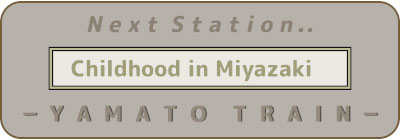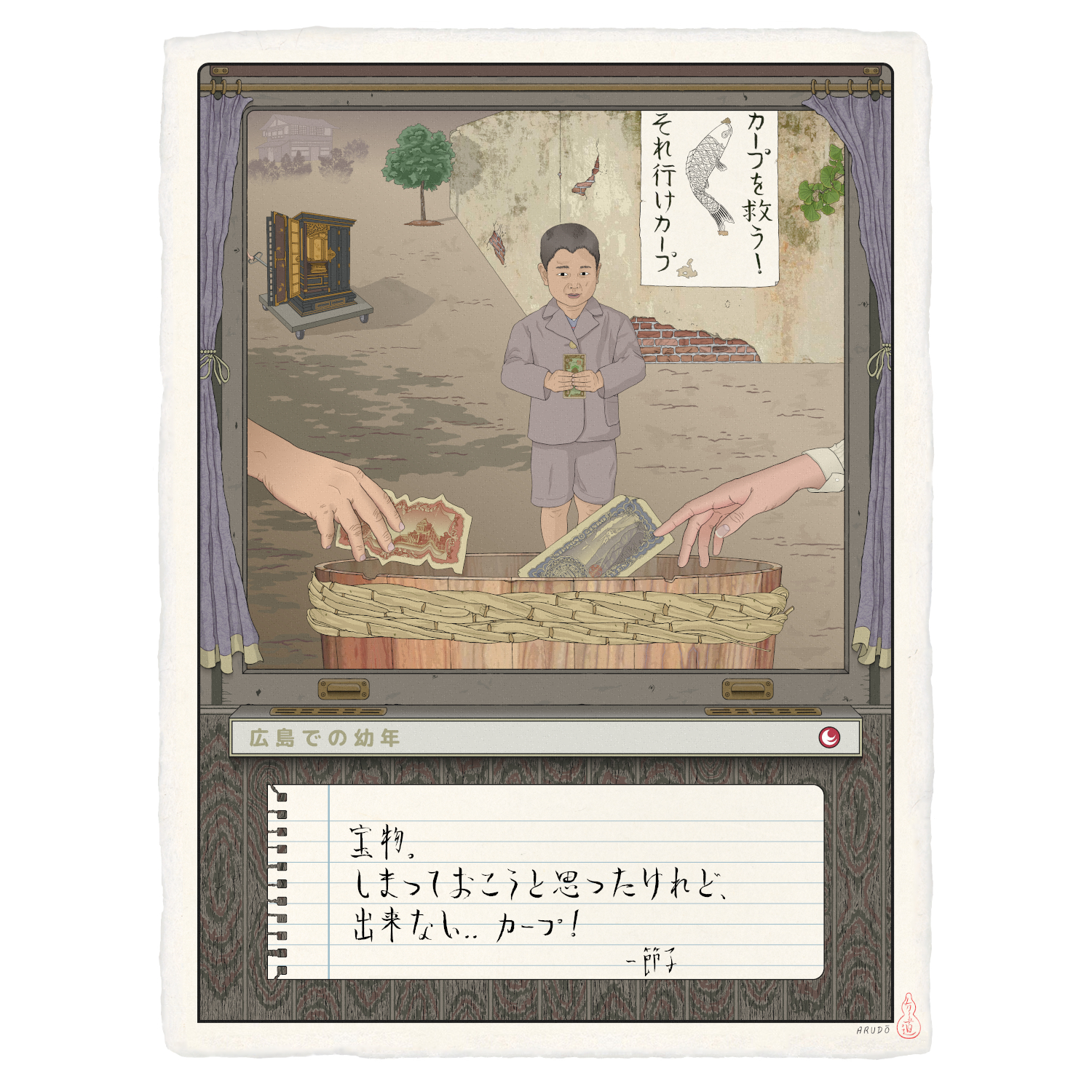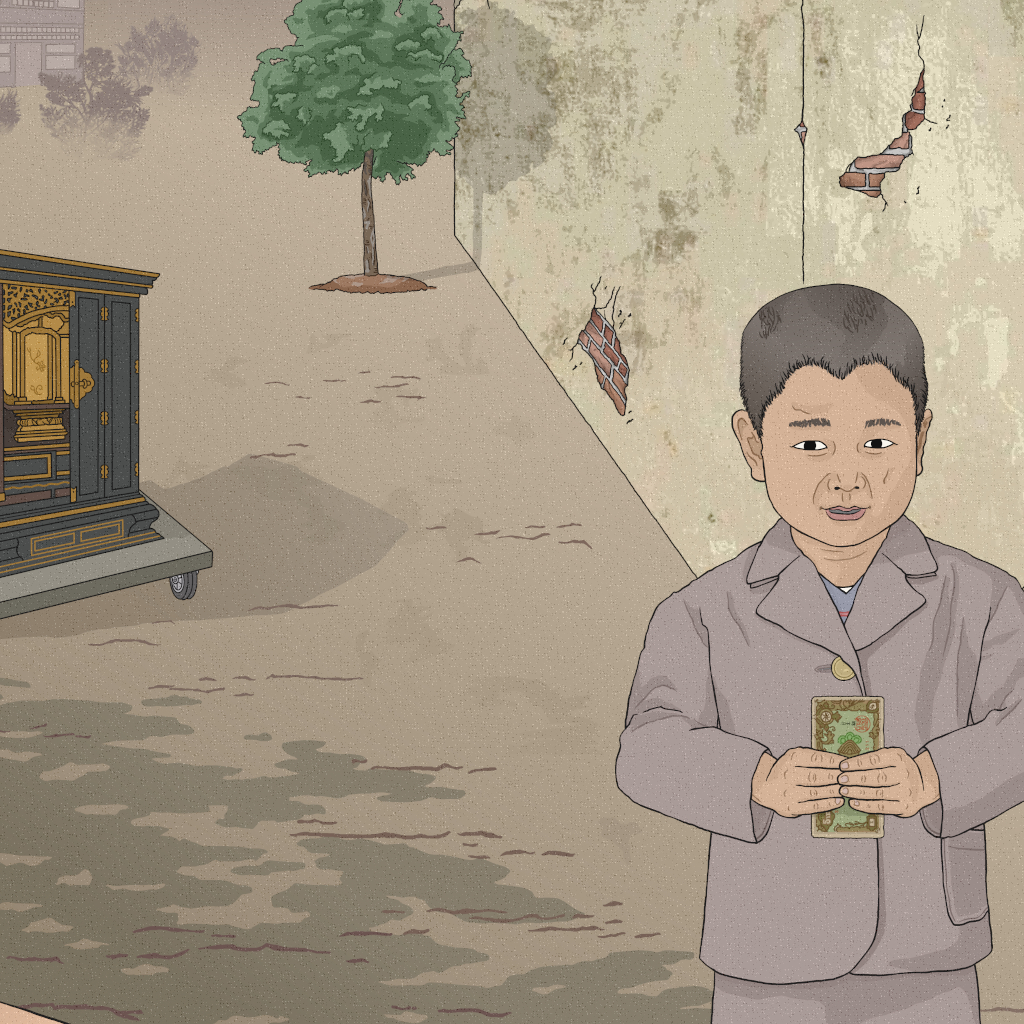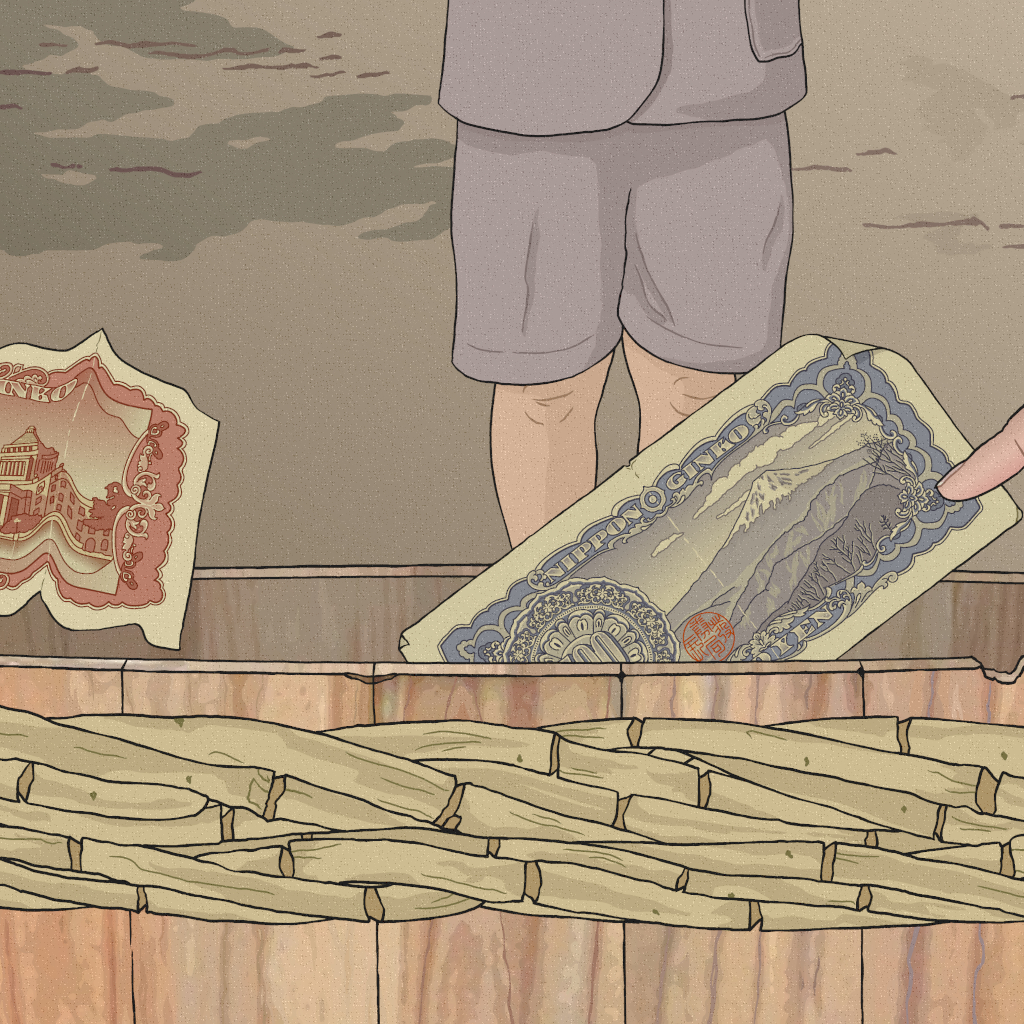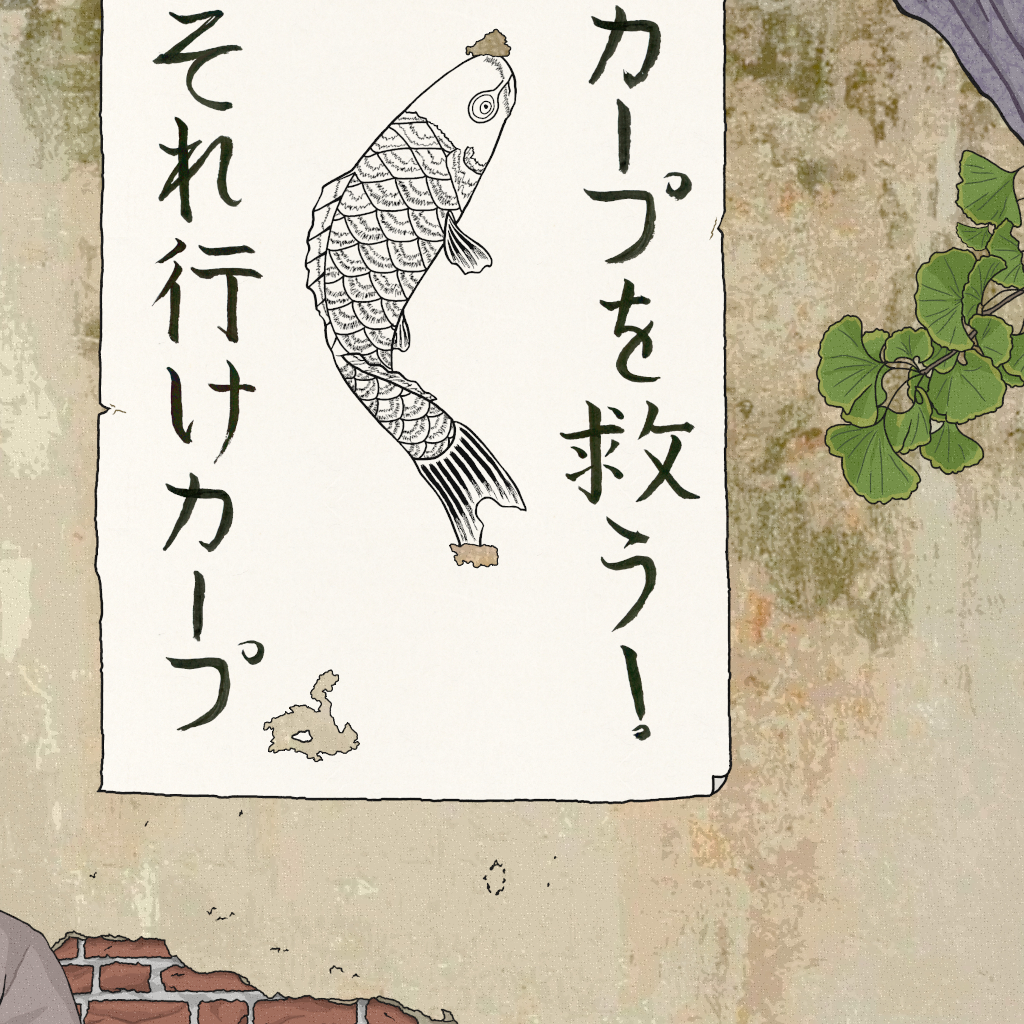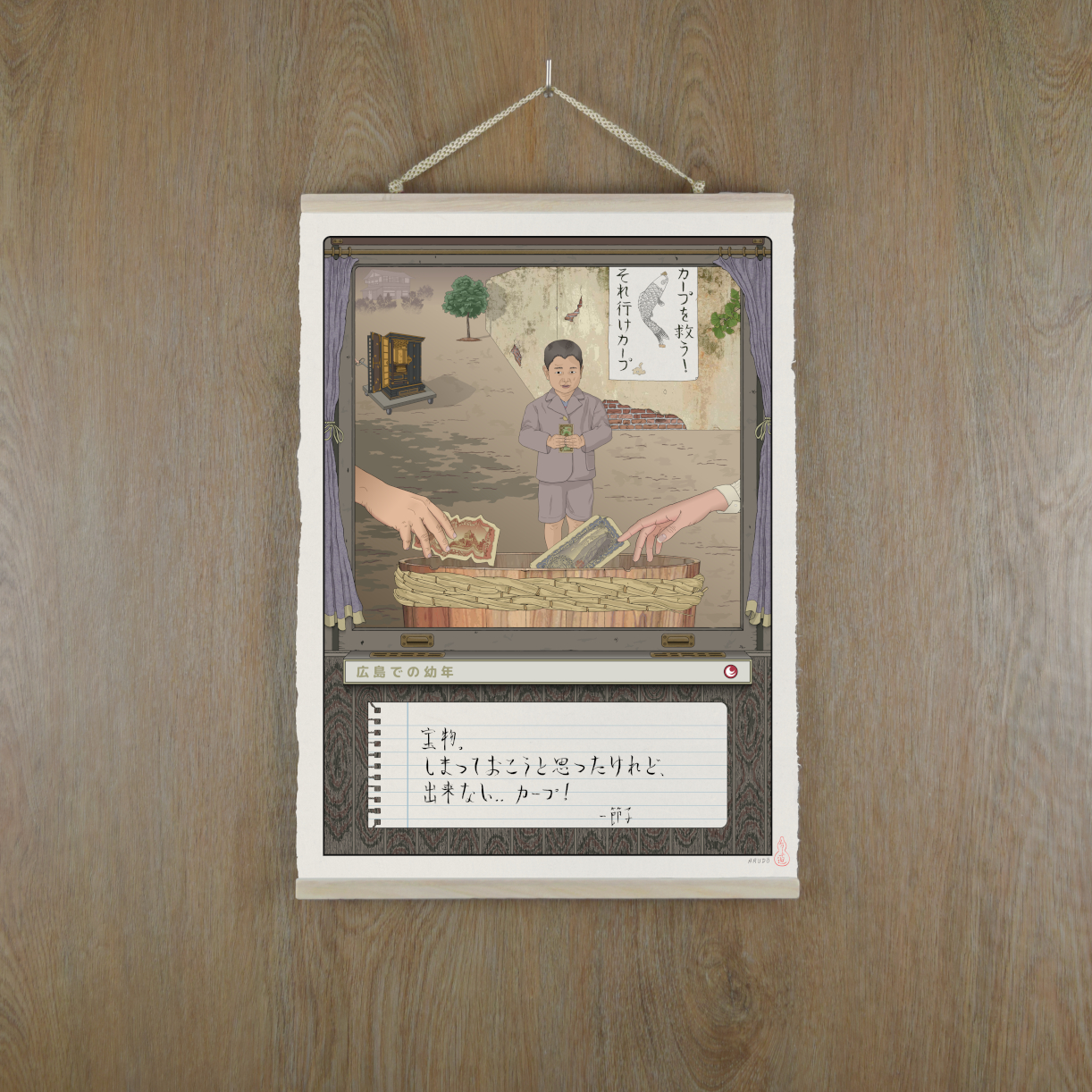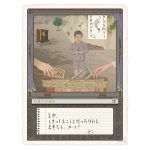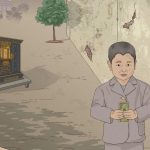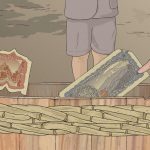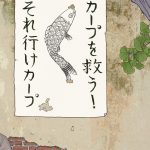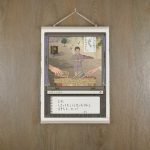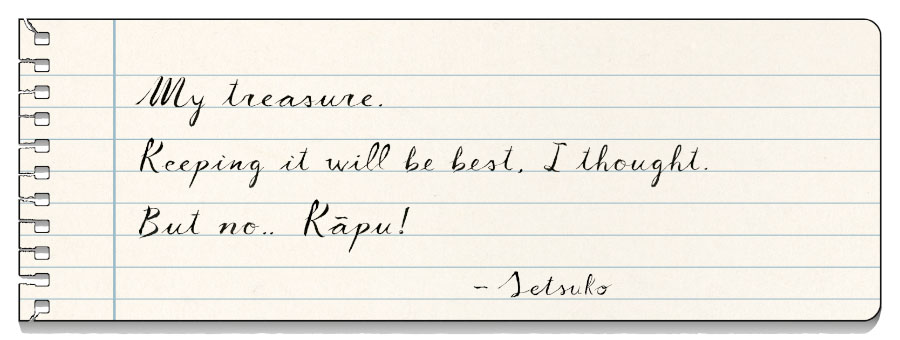
‘Childhood in Hiroshima’
11,00€ – 33,00€
Art print on handmade Japanese paper.
Natural fibers and elements are used in the creation process, without the presence of acids or bleaches.
The pigments used, through the giclée process, are long-lasting and of archival quality.
Although the print can be framed, perhaps the best way to enjoy the appearance and texture of Japanese paper is to hang it as a scroll. In this way, you can appreciate its virtues not only through sight, but also through touch and hearing.. and even smell!
In this link you will find custom made ‘Scroll Rods’, handcrafted using Paulownia wood and authentic Japanese Kakeo —string for hanging scrolls—:
setsuko-monogatari.com/en/hiroshima-ken/scroll-rods
Since it is a translucent handmade paper, it is recommended to hang the print with a white wall background, in order to emphasize the light of the Station and that of the paper itself. If the wall is dark, it is advisable to place a white sheet just behind the Station.
At this Station..
KŌGEI: ‘Hiroshima Butsudan’ —Buddhist altar— and ‘Kawajiri Fude’ —calligraphy and painting brushes—
SYMBOLS: ‘Hiroshima Kāpu’ —baseball team of Hiroshima city— and Ginkgo and Camphor trees (symbols of the city’s reconstruction)
Sign: ‘Save Carp! Let’s go Carp’
Station founded in.. 

Three strikes and you’re out. How unfair it seems. Although, on second thoughts, maybe it should be like this. Maybe that is what makes it more than just a sport. Perhaps, that is the closest thing to living.
Winter, at last, has decided to sleep. And for another year, the graceful Spring awakens us from this cold lethargy, and takes over our sleep and our dreams. Baseball season is here.
To the beat of the flowers’ own rhythm, our forgotten innocence also blooms again. And, in spite of how many moons lived, it asks us again with expectant glance.. Will this be the year?
But Spring is also demanding, and reminds us that it cares little about what we achieved in the past. Not even yesterday. It will only care about what we would be able to do today.
It shows us that failure does not exist, it is just an illusion. Neither does success. It teaches us that only make errors those who repeat. And that only those who repeat, manage to advance.
Baseball is a reflection of the challenge that entails living. Where one practices tirelessly, day after day, to be ready. Even though knowing that is employing its forces in something for what will never be.
A sport where anything can happen. Where the words ‘unexpected’ and ‘unpredictable’ lose all their sense.
Where a clock does not rule every move. Where stopping time is neither metaphor nor reality.
Even so, there was a time, when in Hiroshima the clock seemed to stop. The fall had left it badly damaged, but it was not broken. It would take a lot of effort and a lot of fondness, but it could be repaired. And the first step was to wind it up.
The citizens of Hiroshima worked hard those early years, and managed to get the clock running again. But, sometimes, they noticed how its spirit was flagging and this was lagging behind the time.
So they decided to add a very special spring to it. A baseball team that would propel its motion, and that would embody the resurgence of a devastated region, but full of life.
That spring needed a name. And the natural thing would have been to turn to a large animal, to a fierce animal, to a feared animal. But here there was no place for ferocity, it was not necessary. There was no enemy to scare.
It had to be an animal that persisted in the face of adversity, that kept going despite the dangers, that tried to survive no matter what.
And it turned out that this allegory had been present in the city for centuries. In an animal that, at first glance, evoked a calm and static impression. But that deep inside, there was a relentless spirit of determination.
And that way, Hiroshima Kāpu (Carp) was formed as the team of the citizens, as the pride of the community. A symbol of hope in the face of tragedy.
Contrary to what it may seem, the carp is not just an ornamental fish, that swims serenely in the pond of a Japanese garden. It is a fish with guts and courage, that swims up rapids and streams against the current. Even, at times, at the risk of its own life.
In Japan, it is personification of fortune and prosperity, but also of perseverance in the face of difficulties. And, in turn, inspiration for ancient legends, in which supernatural carps managed to climb waterfalls, thus becoming mythical dragons.
From the outset, the city and its team swam side by side. But their journey would not be free from turbulence. And, on some occasions, they would even have to swim against the flow.
The beginnings of the team were not easy. The lack of sponsorship from a parent company, which would support their management and inject funds, led to serious financial difficulties. Which made it extremely difficult to recruit players. To the point where the manager himself had to ask his former students, retired players and natives who emigrated, to return to Hiroshima and to fight for the sake of recovery.
But he could not pledge them a contract, or amenities, or even more than one uniform per person. Sometimes, their wages would come late. Other times, they would not come.
It was a carp that was said to never be able to swim up last place. Whose shortage of funds was even more pressing due to a system implemented in the professional league: in which more than half of the ticket revenue from each game, was received by the winning team. Regardless of where this one was played.
The shadow of dissolution was always present. But the roster was aware that each of them was on a mission to revitalize the region by winning.
Even so, debts were piling up, and the team desperately tried to get several companies to make investment. But none wanted to take over.
League officials urged those in charge to sell, or to merge with another team. Threatening Carp with expulsion from the league. ‘Professional baseball is not something you can do without money.’ Words that echoed in their minds, as time was running out.
Nature seemed to tell them to go downstream, to let themselves go, to follow its course. But that was not the case, they didn’t give up. They couldn’t let it happen. It wasn’t just about a company going bankrupt, or a team disappearing. It was something more. It was a bond to the past. And to the present. It was an eagerness to move forward, to continue navigating that river, even if they had to drag a heavy anchor.
And so, a support group emerged, made up of neighbors and residents who were determined to make the team survive, no matter what. To that end, they approached institutions, entities and the media in order to negotiate the salvation of Carp.
And one day, unexpectedly, in the vicinity of the stadium, a barrel appeared. It was not just any barrel, it was a barrel of Sake. This was an everyday item, something that used to be part of local life. But the strange thing was that it was there.
Someone inserted a bill. And someone else followed. And then more barrels appeared.
People were still suffering the post-war consequences, and most of them had hardly any resources to share. A region where many of its citizens had to struggle, on a daily basis, to be able to secure the meal of the next day.
But even so, they decided to put aside their own circumstances. It was not money that filled those barrels. It was eagerness and hope to recover the part of a past that would never return. But, at the same time, to find a new channel that would allow them to live again.
And, as they continued to fight, the battles of Hiroshima Kāpu moved them as if they were their own. It was a shared struggle. A feeling of mutual love that, once created, was not going to disappear.
With the passage of years, difficulties would return. But the gene of solidarity, present in those barrels, would be passed on more strongly to the next generation.
Time will pass, and a day will come when we will celebrate. And we will drink Sake together once again, with tears in our eyes, remembering the years lived.
We will remember the moments of anguish, and also those of joy. The laughter and the crying. And it will all come together at that precise moment. In the last pitch. In one last strike..
But Spring will give us little time of festivity. The next day, the river will continue to flow. And although this will be an old acquaintance, the water it carries will have already changed.
And we will have no choice but to repeat again.


